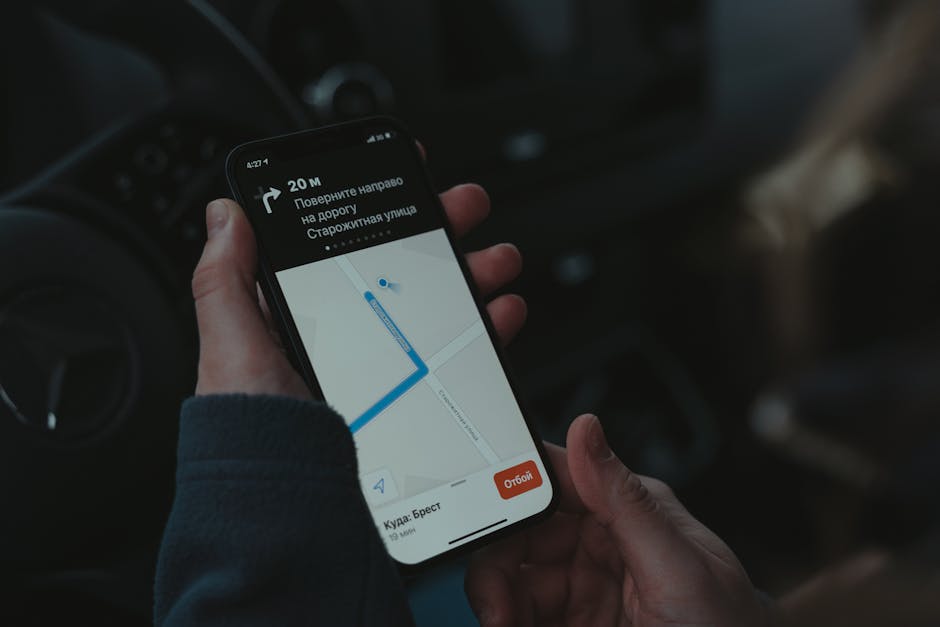Navigating busy city streets or winding country roads, many drivers rely on one constant: the glowing screen of Google Maps on their car’s infotainment system, powered by Android Auto. It’s a digital co-pilot that guides us through traffic and to our destinations. Now, Google is rolling out small but significant updates to the Google Maps Android Auto interface that promise to make this experience smoother and more efficient.
For years, users have appreciated this powerful navigation duo, but a few common complaints have persisted. It seems Google has been listening, as a useful tweak is already here, with a much-awaited battery-saving feature on the horizon.
A Small Tweak for a Smoother Interface: The Persistent Search Button
The first update, which is already available to many users, introduces a persistent search button directly on the Google Maps screen within Android Auto.
While it sounds minor, this is a significant quality-of-life improvement. Imagine you’re driving and suddenly need to add a stop. Previously, this required multiple taps: backing out of the navigation view to get to the search menu, then starting your query. This multi-step process could be a distraction from the road.
Now, a convenient search icon sits right on the map. With a single tap, you can immediately search for a new destination or add a stop—be it a petrol pump, an ATM, or a coffee shop. This update streamlines the process, reducing the time your eyes are off the road and making the entire Android Auto interface safer and more intuitive.
Coming Soon: A Fix to Save Your Phone’s Battery and Prevent Overheating
The second piece of news addresses one of the biggest problems with phone-based navigation: battery drain and overheating. Code detectives have uncovered evidence of a feature that could finally help you save your phone battery while navigating.
We’ve all been there. On a long road trip, your phone is plugged in, running Google Maps on Android Auto, and streaming music. An hour into the drive, the device is uncomfortably hot, and the battery is barely charging. This happens because the phone is doing double duty: processing navigation data for the car’s screen while also rendering the map on its own display. This heavy processing load generates heat and consumes a lot of power.
The upcoming feature aims to solve this. It is expected to provide an option to turn off your phone’s screen while navigation is active on the Android Auto display. By stopping the phone from displaying the map, it will significantly reduce the strain on the processor and GPU.
The benefits are clear: a cooler phone, drastically improved battery life, and better long-term health for your device. This isn’t just a convenience; for those driving in warmer climates, it’s a necessity.
Smarter, Safer Navigation on the Horizon
While this battery-saving function is not yet available to the public, its discovery in beta code signals Google’s commitment to refining the core user experience. While the persistent search button is a neat tweak you can enjoy today, the promise of a cooler, more efficient way to navigate is what’s truly exciting. Keep an eye on your app updates, because your daily commute and weekend road trips are about to get a whole lot better.




